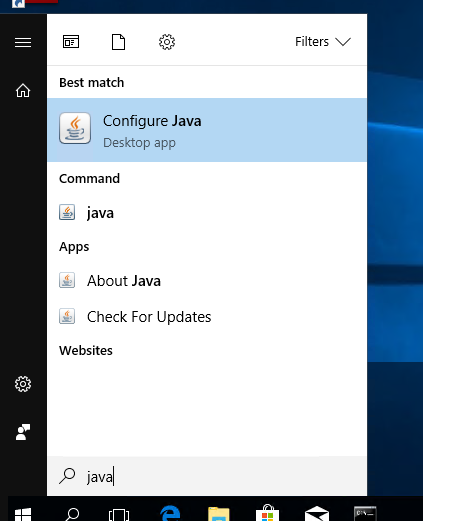


ListView listView = (ListView) mRootLayout.findViewById(R.id.listView) įinal MyListAdapter adapter = new MyListAdapter(activity,R.layout.list_row,(ArrayList)myListManager. MyListManager myListManager = new MyListManager(mRootLayout,context) mRootLayout = (LinearLayout) om(context). I didnt need to use fragments or activities. Then create a regular java class that can be used as the event listeners for the actions within that layout. Ok the correct approach to this appears to be to inflate the layout with in the service class and add it to the windowmanager that way.

is this even possible? How would I do this? WindowManager.addView( imageview, params) īut what I want is to have my own activity on this new window on top of the client apps window. ImageView imageview = new ImageView(this) WindowManager.LayoutParams params = new WindowManager.LayoutParams( I then try to add an image view by doing this windowManager = (WindowManager) getSystemService(WINDOW_SERVICE) After some reading up it seems that adding a new window is what I want to do so I added in this permission. If (_INT >= Build.VERSION_CODES.I am writing an android library that needs to display an activity on top of the client app. This.mWmParams = new WindowManager.LayoutParams() Log.e("FloatView-","宽"+mScreenWidth+"-"+"高"+mScreenHeight) NavitationBarview frameworks/base/services/core/java/com/android/server/policy/PhoneWindowManager.java Android SystemUI Android Android SystemUI StatusBar NavigationBar AndroidUI. MWindowManager.getDefaultDisplay().getMetrics(dm) MWindowManager = (WindowManager) mContext.getSystemService(Context.WINDOW_SERVICE) ĭisplayMetrics dm = new DisplayMetrics() GetColor(this, sharedPreferences.getInt(SharedPrefs.KEY_COLOR_ID, R.color.black))) WmParams.flags = _NOT_TOUCHABLE | _NOT_FOCUSABLE | _LAYOUT_IN_SCREEN | _WATCH_OUTSIDE_TOUCH | _FULLSCREEN * These windows are normally placed above all applications, but behind * user interaction with the phone (in particular incoming calls). These are non-application windows providing WmParams = new WindowManager.LayoutParams(_PARENT, Wm = (WindowManager) getApplicationContext().getSystemService(Context.WINDOW_SERVICE) MyView = new LinearLayout(getApplicationContext()) myView = new LinearLayout(new ContextThemeWrapper(getApplicationContext(), R.style.Theme_Transparent), null, 0)


 0 kommentar(er)
0 kommentar(er)
